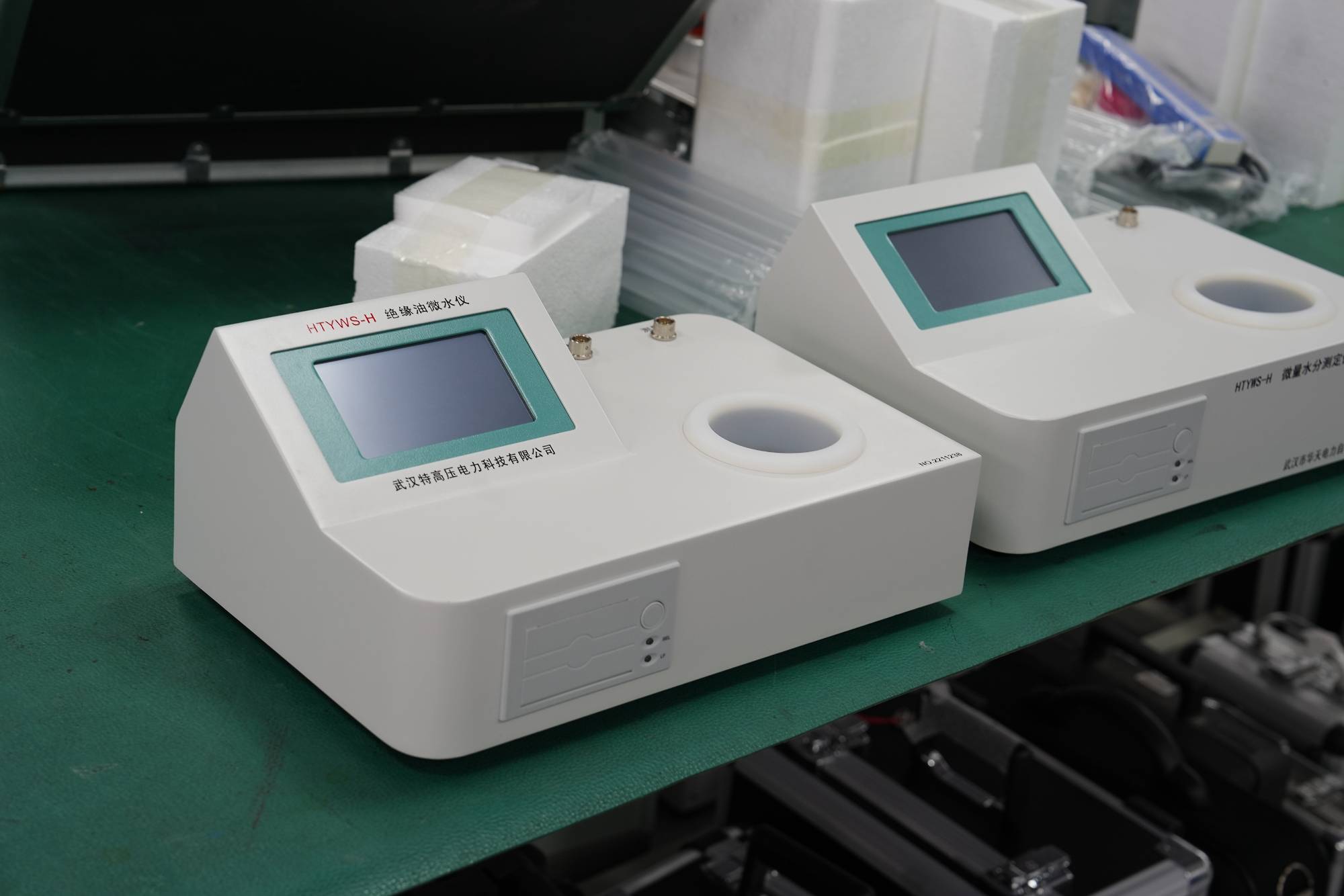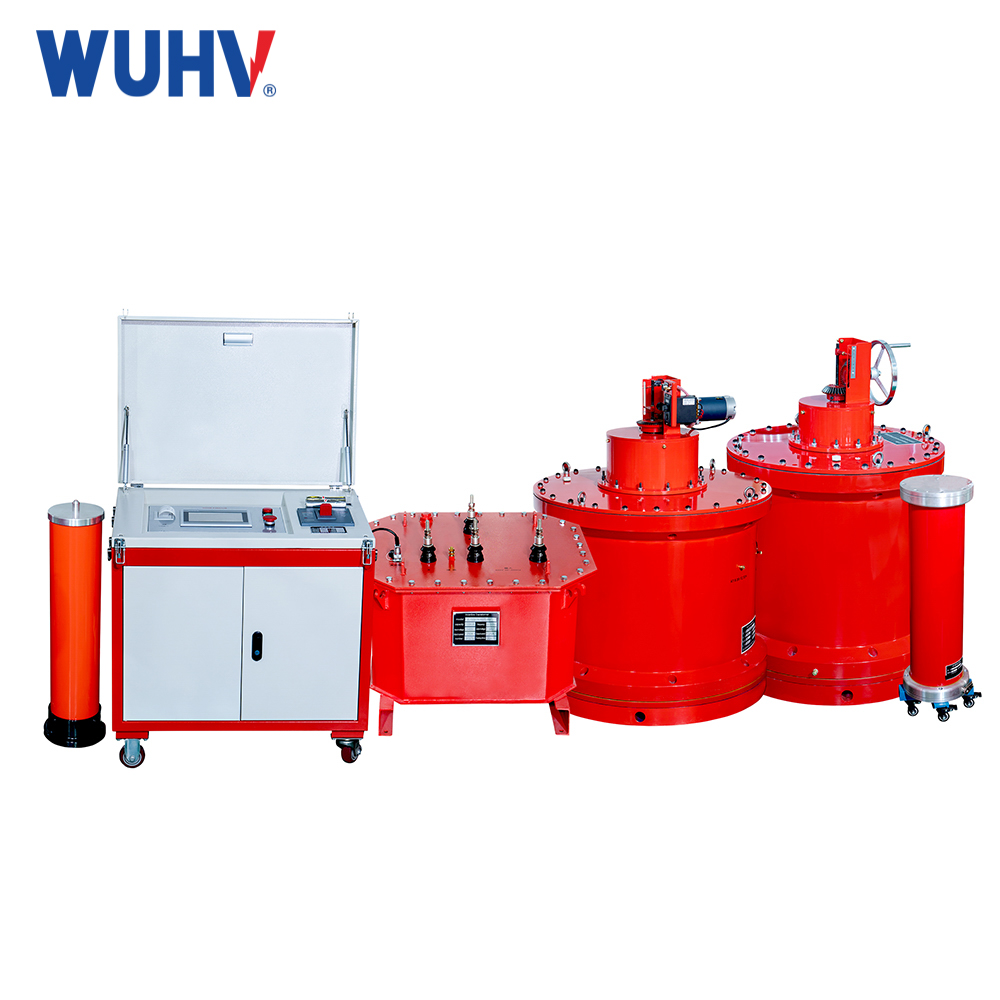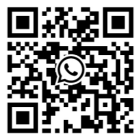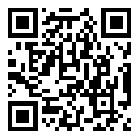The trace moisture analyzer under UHV power can help many power workers conduct various power tests more conveniently.
Advantages of Karl Fischer titration (also known as trace moisture analyzer)
Due to the fact that KF titration is based on chemical reactions that depend on the presence of water, it has extremely high accuracy.
The specificity of moisture determination is different from other methods, such as heat induced moisture loss and sample weight reduction drying loss, as it does not detect the loss of other volatile substances.
The determination range for parts per million (ppm) ranges from 0.001 to 100%, or from 100% to 1, with smaller percentages up to 1%, suitable for Coulombic KF titration, while samples with water content exceeding 2% are measured by volumetric method (suitable for samples with 0.1 to 500 milligrams of water).
The Coulomb method avoids the need for titration determination, therefore it is an absolute method, and the amount of current consumed is directly related to the amount of iodine produced.
The existence of two methods increases the flexibility of the application scope, as the volume KF titration method can handle samples dissolved in several common solvents, while the Coulomb rule depends on current consumption and the water content can only be determined at the endpoint.
Unlike other methods, it can handle small amounts of samples, making it more accurate and reproducible.
This is a fast method that requires minimal sample preparation before starting titration, in addition to dissolving them in a suitable solvent and pre titrating the solution and sample pool to remove all trace amounts of water.
It is suitable for determining water in solids, liquids, and gases.
This process is suitable for automation, allowing water determination to take only a few minutes. The Coulomb method also uses the same cell to determine the water content in many different samples without reloading or cleaning the cell.
The water equivalent of KF reagent will change over time, so regular calibration should be performed when using the volumetric method to ensure the accuracy of the measurement. Use qualified water standards with tested water equivalents (i.e. milligrams of water that can be absorbed with 1 milliliter of reagent) to complete this operation. This helps avoid the cumbersome process of calibrating with pure water. The water equivalent of commonly used KF reagents is 2-6 mg of water per mL of reagent. The KF reaction is a linear reaction, so single point calibration is sufficient and there is no need to calibrate the curve.
Coulombic titrator can detect free water, emulsified water, and dissolved water, which is different from other methods, even in small amounts.
It can be combined with the use of a spectrophotometric detector to achieve visual detection of endpoints, or by using dual platinum electrodes for conductivity evaluation.
Limitations of Karl Fischer titration method
Manual volume KF titration requires resampling for each measurement, resulting in high solvent consumption.
When applying the manual volume KF titration method to materials containing starch, the error range is relatively large.
Manual titration requires a significant amount of operator input.
KF titration is a destructive technique.
The Coulombic KF titration method is only applicable to samples containing small amounts of water. A large number of samples may overload the reagent capacity and produce incorrect results, except for taking too much time for measurement.
KF titration depends on redox reactions, therefore, any component in the sample (such as dimethyl sulfoxide) that is an active redox chemical will react with iodine in the reagent and produce false results.
Ketones and aldehydes, boric acid and metal peroxides, as well as silanols and strong acids, are not suitable for titration without titration because their reaction with methanol solvent produces water, resulting in the disappearance of the endpoint and erroneously high water content. Methanol free reagents need to be used together with such substances.
The binding water of certain substances (such as chocolate) is very tight, and it is usually difficult to release after crushing the sample with a high shear mixer. Others are insoluble in commercially available KF reagents, and this method cannot be used in a solid state without dissolving the sample.
Compounds such as lithium chloride have tightly bound hydrated water, making them difficult to use with KF titration when they are part of the solvent.
Carbonates, oxides, and hydroxides can also undergo side reactions and are not suitable for KF titration.
The drift of the unit must be calculated before actual testing, which may take 30 minutes to run in practice. Drift is caused by the apparent moisture in the sample and must be calculated in an empty run and subtracted from the final result.




















